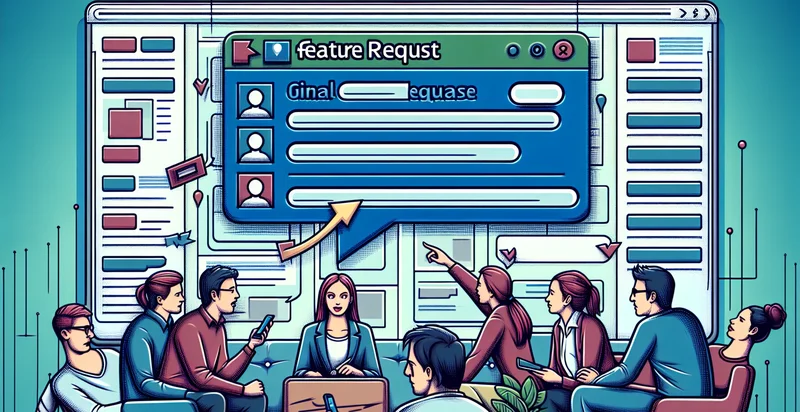Identify if teams message is feature request
using AI
Below is a free classifier to identify if teams message is feature request. Just input your text, and our AI will predict if the message is a feature request - in just seconds.

Contact us for API access
Or, use Nyckel to build highly-accurate custom classifiers in just minutes. No PhD required.
Get started
import nyckel
credentials = nyckel.Credentials("YOUR_CLIENT_ID", "YOUR_CLIENT_SECRET")
nyckel.invoke("if-teams-message-is-feature-request", "your_text_here", credentials)
fetch('https://www.nyckel.com/v1/functions/if-teams-message-is-feature-request/invoke', {
method: 'POST',
headers: {
'Authorization': 'Bearer ' + 'YOUR_BEARER_TOKEN',
'Content-Type': 'application/json',
},
body: JSON.stringify(
{"data": "your_text_here"}
)
})
.then(response => response.json())
.then(data => console.log(data));
curl -X POST \
-H "Content-Type: application/json" \
-H "Authorization: Bearer YOUR_BEARER_TOKEN" \
-d '{"data": "your_text_here"}' \
https://www.nyckel.com/v1/functions/if-teams-message-is-feature-request/invoke
How this classifier works
To start, input the text that you'd like analyzed. Our AI tool will then predict if the message is a feature request.
This pretrained text model uses a Nyckel-created dataset and has 2 labels, including Feature Request and Other.
We'll also show a confidence score (the higher the number, the more confident the AI model is around if the message is a feature request).
Whether you're just curious or building if teams message is feature request detection into your application, we hope our classifier proves helpful.
Related Classifiers
Need to identify if teams message is feature request at scale?
Get API or Zapier access to this classifier for free. It's perfect for:
- Automated Feature Tracking: Implementing the True text classification function can streamline the process of tracking feature requests from team communications. By automatically identifying messages that contain feature requests, product managers can have a centralized repository of customer and team suggestions for future development.
- Prioritization of Development Tasks: The classification function can assist development teams in prioritizing tasks based on the volume and urgency of feature requests received via messaging platforms. By analyzing the frequency of specific requests, teams can make informed decisions about what features to prioritize in the upcoming sprints.
- Enhanced Customer Feedback Loop: By automatically detecting feature requests, organizations can improve their response time to customers and stakeholders. This can help in building trust and transparency, as well as ensuring that valuable feedback is acknowledged and addressed promptly.
- Resource Allocation: The feature request identifier can help project managers allocate resources more effectively by categorizing messages based on the complexity and importance of the requests. This targeted approach ensures that developers are assigned tasks that align with business priorities and customer needs.
- Integration with Project Management Tools: By integrating the text classification function with project management software, teams can automatically convert identified feature requests into actionable tasks or tickets. This reduces manual input and enhances the workflow between communication and execution phases.
- Trend Analysis and Reporting: The classification of messages can provide valuable insights into emerging trends and common feature requests over time. Data analysts can generate reports that highlight patterns in customer needs, helping the company to strategically plan product updates and marketing strategies.
- Continuous Improvement and Iteration: By continuously monitoring and classifying team messages related to feature requests, organizations can foster a culture of continuous improvement. Regular reviews of identified requests can lead to iterative enhancements of existing features and the development of innovative solutions that meet user demands more effectively.


